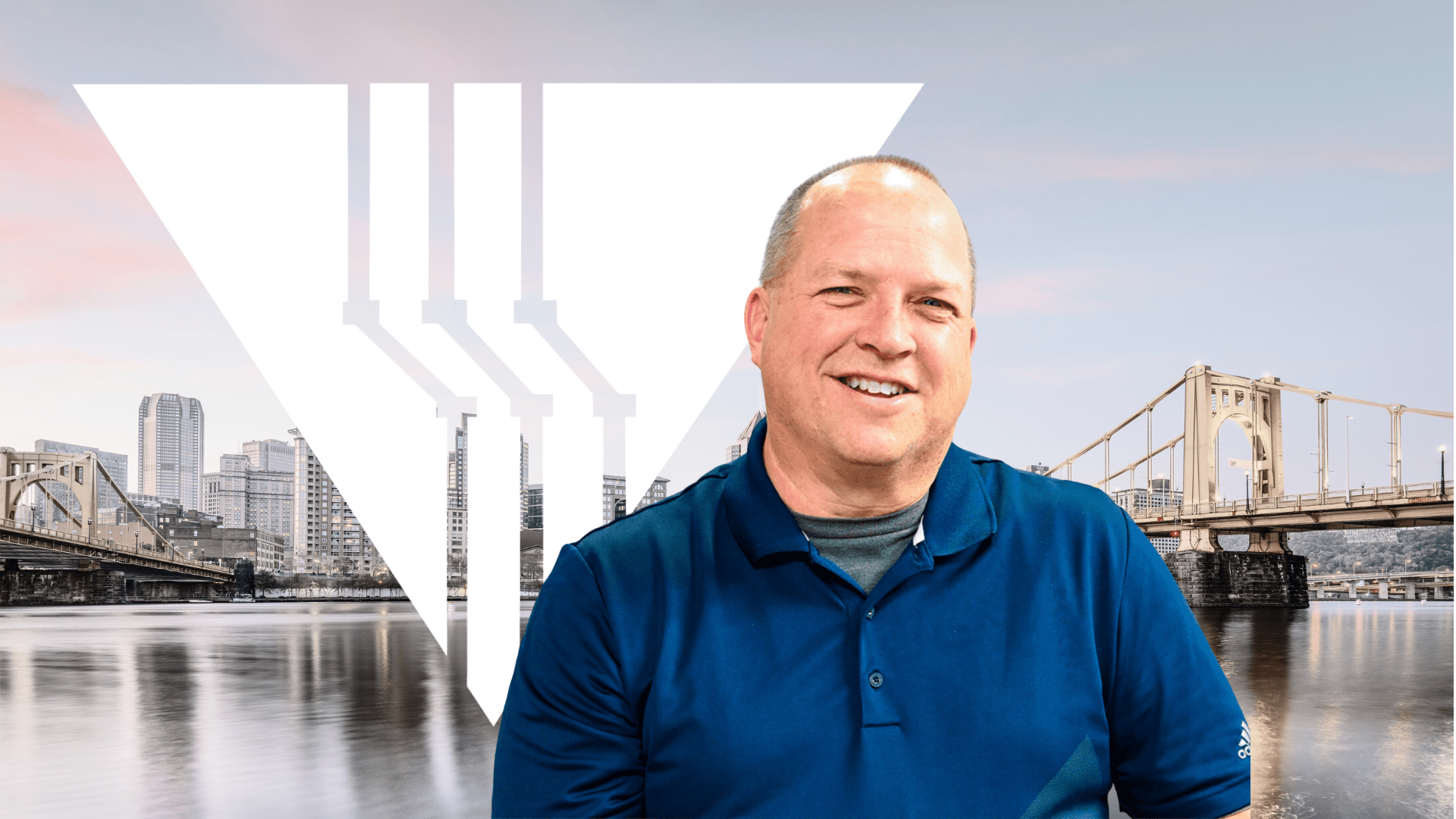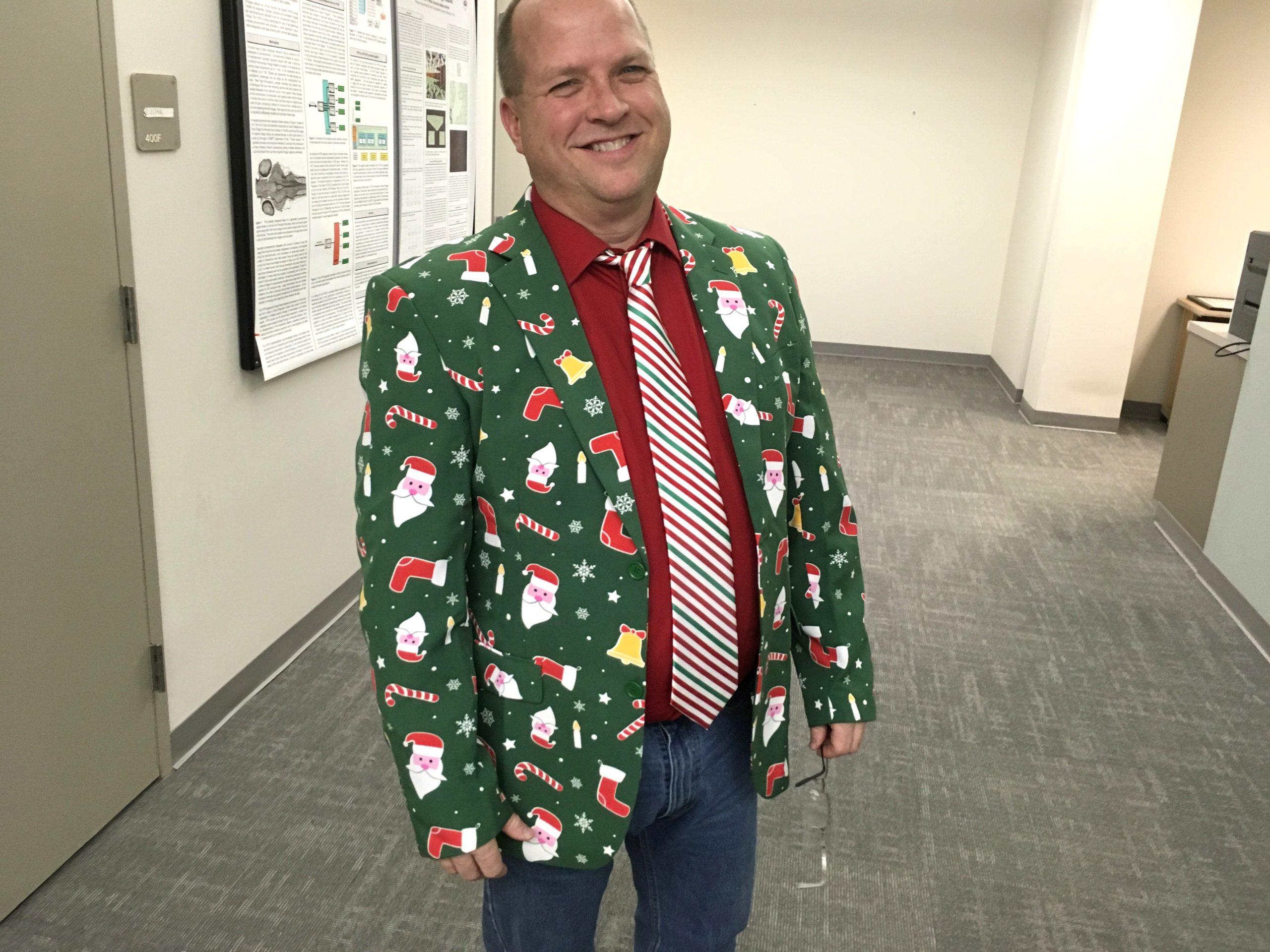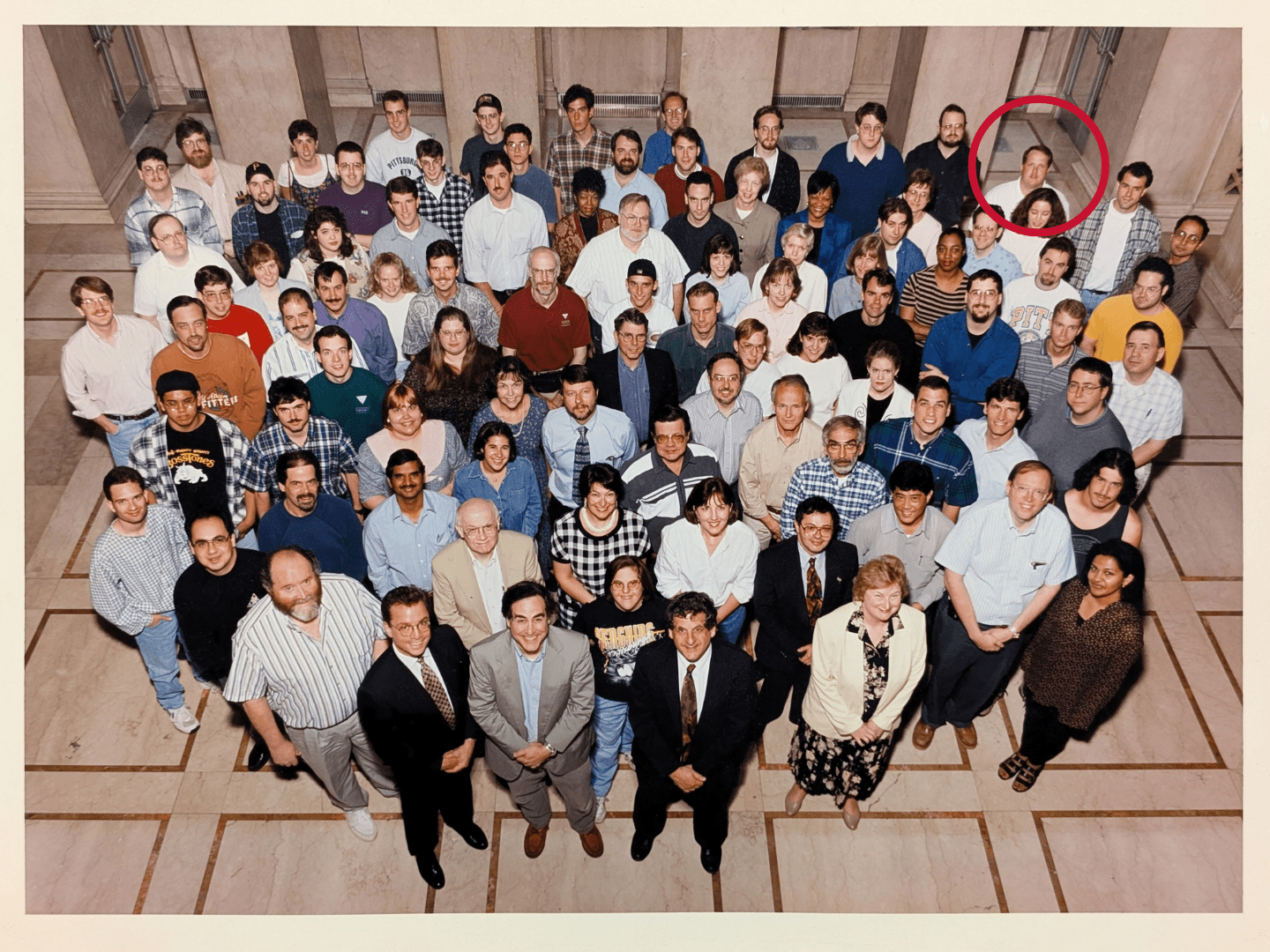
Here at PSC, we’re extremely proud to say that PEARC24 was chaired by PSC Director Barr von Oehsen and former PSC Director Shawn T. Brown.
No one at PSC has worked with PEARC longer, however, than Ken Hackworth, Senior Manager of the Allocations group at PSC, and a person I have heard referred to as “The Mayor of PEARC.”
He doesn’t call himself that, and he’ll probably be embarrassed that I have, but them’s the breaks. I sat down to chat with him about PEARC24, the conferences that have come before, and what’s coming up.
Ken
PEARC stands for “Practice and Experience in Advanced Research Computing.” My roles have been varied: a logistics coordinator in 2018; volunteer chair in 2019 and 2020; last year I was co-technical program chair; and then this year to take a little bit of a breather, I was on the technical program committee and was just the awards chair.
[I ponder this definition of “breather,” but don’t argue.]
Each year I’ve been a mentor with the student program, and I’ve always been a big supporter of the students, and students getting everything they can out of this conference.
This conference isn’t the big corporations and industry people. This is the researchers—where you have a lot of face-to-face time, a lot of networking time, a lot of talks and papers and BOFs [“Birds of a Feather” sessions]. You really get a chance to chat with the researchers and work with them. This year, I think we set a record—950 people registered. So it’s not a huge conference, but it’s a large size of people in our areas that we work with.
It’s really just about bringing the people together. And it’s not just people that are using the NSF HPC resources—it’s also people that are growing to that level. A lot of the students that I met knew nothing about the NSF Centers. And that’s what’s sort of exciting—a lot of times they don’t realize that these resources are free of charge.
Emily: What do you feel is the most valuable part of PEARC?
Ken
It’s the face-to-face experience, really getting to talk with people. It’s walking up to somebody and having the ability to say, “Hey, let’s sit down and just chat about this.” You get a chance to chat, work out a few things, make some contacts—and then who knows where that collaboration goes.
For me, the student program is really an important program. I’ve been involved with that since the start of PEARC. I try to tell people: little fish turn into big fish. And we have to make sure that we continue to feed the little fish so that they can get larger, and make sure they’re swimming in good ponds. And we met so many good students—it was amazing. I love meeting these young future scientists or researchers. And if I can help them eliminate a few roadblocks or hurdles in their experience, then let’s do that. That’s what we’re here for: to help the next group of scientists and researchers to eliminate issues, so that they can be more productive quickly.
Emily: You’ve been involved on the committees and this planning process since 2017. Why did you decide to be involved on that level?
Ken
I was raised in a way where if you can help, you help. So if you can help somebody, if it costs you something or if it takes your time, that’s okay.
I like to serve on the committee because we’re providing to the community a valuable resource. It’s not big exhibit booths pushing this and pushing that—it’s just bringing people together to chat about: “How can we do this better?” How can we provide better resources, better user services, better networking, better software? It’s not about showing off who’s got the fastest CPU or GPU, or the best lights, or the best giveaway or something. It’s about bringing people together that should be together.
Emily: What would you say are some of PEARC’s successes?
Ken
I think the success is that we’ve continued to do it. We see the numbers are rising. Last year we were somewhere around 750 people. This year we had over 950. 45% of the attendees were first time attendees. I think this year there were 70 students funded to come to the conference.
One student came up and told us she actually has a doctorate in dentistry. She said, “I completely switched gears.” And I think that’s a story that you need to tell, because how many of us start down a path and say, “I’ve really pigeonholed myself.” And I said, “You’re not stuck. You can change your paths.” I was an economics major. I got into PSC and I never left.
So this is what’s neat about the conference: is that these students get these opportunities, they get to meet the people, to really see what others have done, or what they can do. And they get the professional experience of attending such a conference.

“Shy”
Emily: Do you have any favorite memories from past years?
Ken
I think it’s just the people that I got to meet. The professional contacts that have turned into friendships. Which is always important, and when you get into a professional situation, you feel a little bit more comfortable chatting. And it’s the same at the PSC.
I mean, as you can tell, I’m a shy person and I’m really backward.
[I laugh, for I am skeptical of this.]
So I think it’s really just the connections—and not just professional connections—that I’ve made with people that help lessen the barriers, hurdles, and whatnot as we move forward and we collaborate on other projects.
Emily: Speaking of PSC, when did you come on board?
Ken
I was still in school, I finished school, and at the end of the semester I started full time at PSC the next day. And wow, that was December of 1988.
So what’s that—36 years or so? We’re not the biggest center, we’re not the fastest center. But I think it’s sort of like the Pittsburgh thing. We just keep doing it. We care.
I don’t know if you’d call it a Pittsburgh thing—are you a Pittsburgh person?
Emily: I am a Pittsburgh person. So I agree, haha!
Ken
Yeah. We may not be the fastest, the flashiest, or whatever. But people know they can get ahold of those PSC people, and they’ll help.

